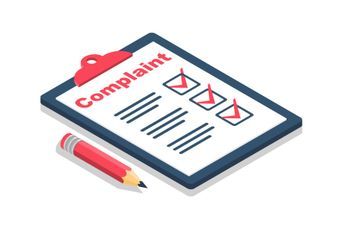Americans added $184B to debt mountain in Q1, serious delinquencies increased

New York Fed says maxed-out borrowers are struggling.
America’s credit utilization continues to rise as inflation pushes bills higher, but an increasing share of payments are being missed, especially on higher rate products.
The Federal Reserve Bank of New York’s Quarterly Report on Household Debt and Credit for the first quarter of 2024 reveals that the nation added around $184 billion to the debt mountain, taking it to almost $17.7 trillion.
Leading the rise were mortgages with a $180 billion increase, followed by home equity lines of credit with $16 billion and auto loans with $9 billion. The other major credit products saw reductions including $14 billion for credit cards, $6 billion for student loan debt, and $11 billion for others.
However, credit cards and auto loans – with total balances in the quarter of $1.1 trillion and $1.6 trillion respectively – are highlighted as two products where there has been a significant increase in missed payments transitioning into serious delinquency (90 or more days late).
“In the first quarter of 2024, credit card and auto loan transition rates into serious delinquency continued to rise across all age groups,” said Joelle Scally, Regional Economic Principal within the Household and Public Policy Research Division at the New York Fed. “An increasing number of borrowers missed credit card payments, revealing worsening financial distress among some households.”
Aggregate delinquency rates increased in Q1 2024, with 3.2% of outstanding debt in some stage of delinquency at the end of March.
Mortgages saw an annualized increase of 0.3 percentage points and remains low by historic standards, but for credit cards and auto loans, the stats show that around 8.9% of credit card balances and 7.9% of auto loans transitioned into delinquency.
FUTURE PROBLEMS
The New York Fed’s Liberty Economics blog acknowledges that missed payments (can be the result of forgetfulness or income loss, but looking at data on credit card utilization can suggest future problems.
“While borrowers who were current on all their cards in the first quarter of 2024 had a median utilization rate of 13% in the previous quarter, those who became newly delinquent had a median rate of 90%. This makes sense, since using practically all of your available credit could indicate a tight cash-flow situation,” the blog’s authors opined.
Learn more about reprints and licensing for this article.







